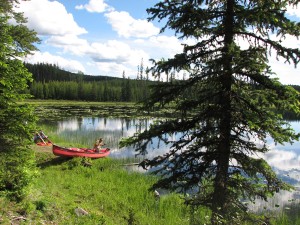A hydroelectric megaproject, which is worth 8 billion dollars, has been rejected by the first nation people in Canada a month ago. The construction of the land will be able to operate a dam as well as 1100-megawatt generating station; however, the dam will flood the farmland and wildlife habitat on the Peace River Valley, and the flood will eventually cause a great loss for the local fisherman. The first nation representatives clearly see the threats to their society, and further the case has been brought up to the Canadian Supreme Court.

The aboriginal groups are claiming for their rights of using the land for ceremonial purposes and stressing on the fact that all the families who live by the valley are counting on fishing as their primary income stream. So if the dam is built, many local will lose in their total income revenues. By facing the benefits and losses, Canadian government is struggling on agreeing with the operation. Since the province needs new energy and new capacity to maintain the power of electricity that is offered for the people in town, therefore a huge generating station is imperative to be built. But the external impacts on doing so are local people losing their jobs in fishery; daily cultural practices on field are impeditive, and later on continuing in disputing the case in the court. I think the government needs to come up with new ideas to satisfy both sides; maybe a smaller projects in area of wind or geothermal would be practical for generating electricity on aboriginals’ land and avoid the unnecessary lost. Therefore, the first nation can change an organization’s business direction as well as influence the companies/government before they make decisions.